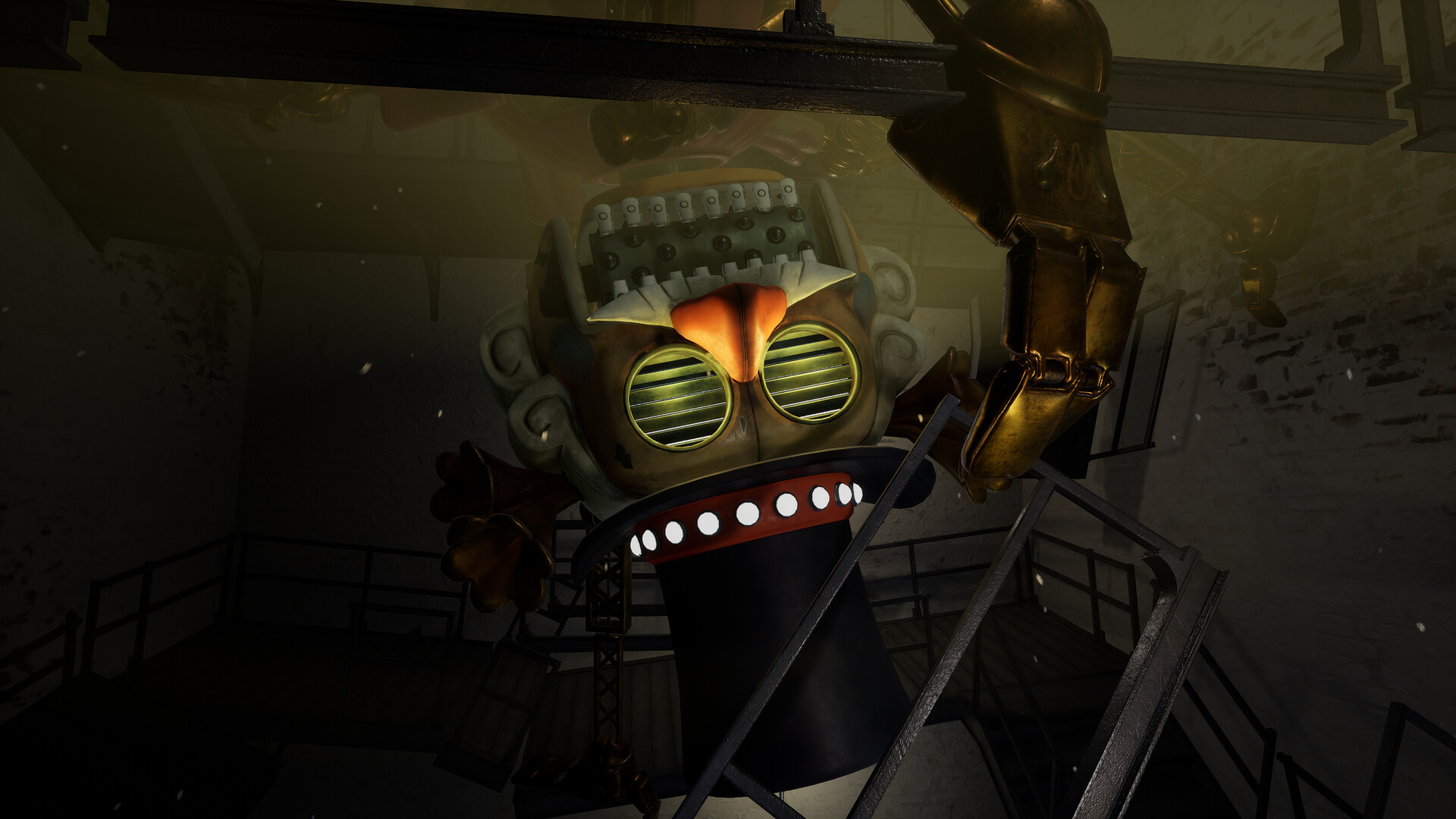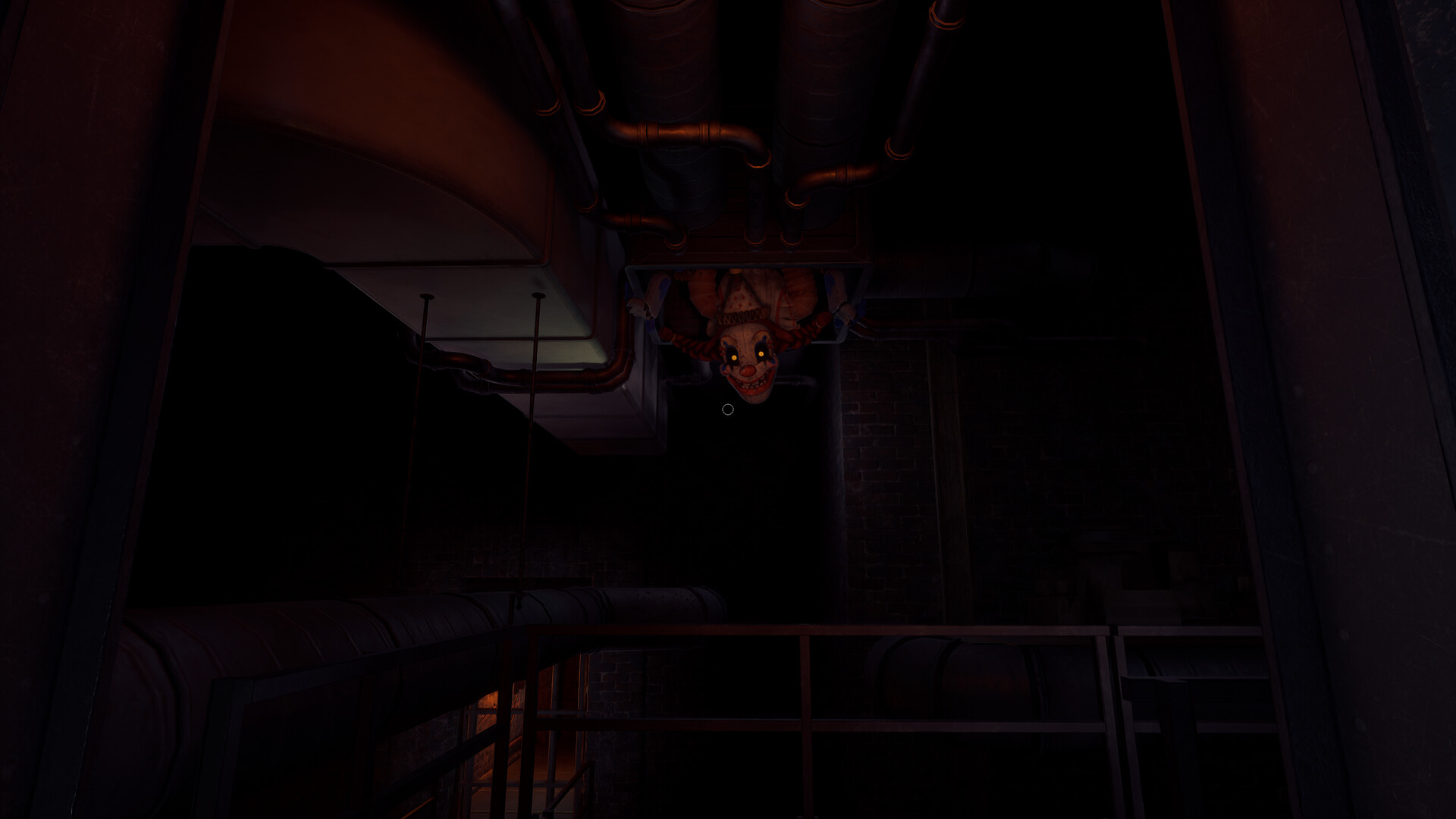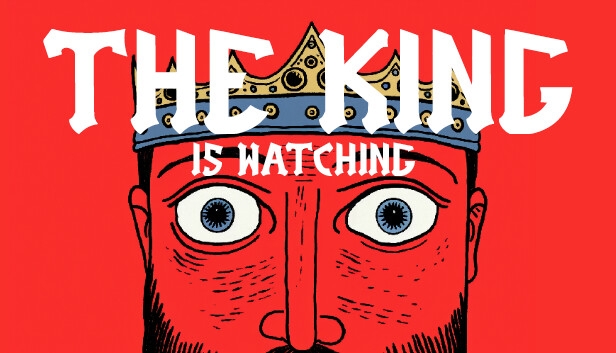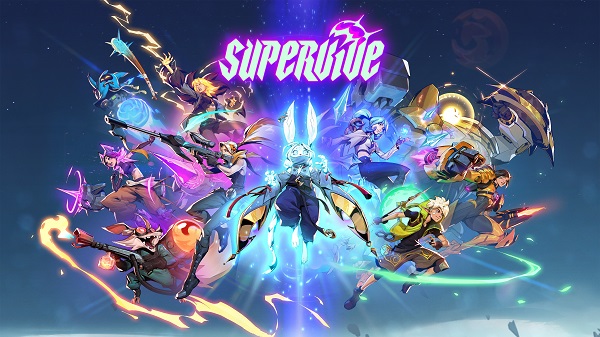Popular Now
In Five Nights at Freddy’s: Secret of the Mimic, the FNaF franchise dives deeper than ever into its convoluted, multi-layered lore. This installment reintroduces core horror mechanics while expanding the mythos around the enigmatic entity known as “The Mimic.” For years, fans have debated timelines, characters, and realities—Secret of the Mimic intensifies this by embedding cryptic clues and contradictions within every pixel. This article takes a detailed look at the game’s specific issue: the narrative ambiguity, examining how it both strengthens fan engagement and challenges accessibility.
Origins of the Enigma: How The Mimic Redefines Franchise Lore

The Mimic isn’t just another animatronic—it’s a foundational narrative force. First hinted at in Tales from the Pizzaplex and expanded in this game, the Mimic is introduced as both a literal entity and a metaphorical force capable of imitating life.
The Mimic as Narrative Catalyst
Unlike previous threats like Springtrap or Glitchtrap, the Mimic does not merely haunt—it impersonates. Its presence raises questions about identity, memory, and control. Is the protagonist interacting with allies or with the Mimic in disguise?
Lore Implications
By introducing a being that can impersonate anyone, Secret of the Mimic retroactively destabilizes past lore. Every past interaction, especially in Security Breach, becomes suspect. This subtle retcon invites re-analysis of the entire FNaF timeline.
Timeline Fragmentation: When Continuity Becomes Chaos
One of the biggest challenges in Secret of the Mimic is understanding where—and when—it takes place. Unlike traditional sequels, the game operates with shifting time anchors.
The Multilayered Timeline Theory
Fan theories now consider at least three timelines: the original FNaF chronology, the Security Breach branch, and the new Mimic-contaminated arc. These don’t run parallel—they intersect and diverge.
Purposeful Obfuscation or Design Flaw?
Scott Cawthon’s legacy thrives on obscurity. Yet, this time, the ambiguity seems less like intentional mystery and more like unstable narrative architecture. Even hardcore theorists are left reeling.
Found Footage and False Memories: New Storytelling Techniques

Secret of the Mimic leans heavily into unreliable narration. Found-footage segments, audio diaries, and memory distortions become the main method of storytelling.
The Player as a Misinformed Observer
Players no longer trust the game's UI, sound design, or even their own actions. Flashbacks glitch in and out, voice logs contradict themselves, and the Mimic impersonates NPCs.
When Storytelling Becomes a Puzzle
This technique heightens horror but also complicates comprehension. Players spend as much time decoding narrative fragments as they do surviving nightly attacks.
Visual Storytelling and Symbolism: Hiding Lore in Plain Sight
One of Secret of the Mimic’s standout features is its use of environmental design to convey plot. Posters, graffiti, wall scribbles, and animatronic movements all hint at deeper stories.
Easter Eggs as Canon Clues
Returning characters are only seen in shadows or referenced in environment art. A faded picture of Gregory. A broken mask that once belonged to Vanny. These aren’t mere nods—they’re evidence.
The Mimic’s Symbolism
Design elements of the Mimic itself—its chameleon-like shifting, its fractured voice—mirror the game’s central theme: deception and identity breakdown.
Audio as a Lore Mechanism: Listening Between the Screams
Secret of the Mimic takes audio design beyond jump scares. Voice distortions, reversed dialogue, and spectral whispers serve as narrative breadcrumbs.
H3: Mimicry in Sound
The Mimic can replicate voices, even imitating those of trusted characters. This erodes the player's perception—what seems like a helpful voice prompt may lead to death.
H4: Reversed or Hidden Messages
In keeping with the franchise’s cryptic tradition, audio logs contain reversed speech or masked Morse code. Decoding them reveals key backstory elements—if you catch them in time.
AI Behavior as Lore Expression: Animatronics That Know Too Much

The game’s AI isn’t just responsive—it’s narrative-aware. Certain animatronics change behavior based on lore progression, subtly reflecting the story’s psychological descent.
Emergent Behavior
If the player trusts a Mimic-controlled character too long, they begin guiding the player into traps. Others may break script and monologue cryptically, as if “possessed” by past victims.
Fear Through Foresight
The AI seems to "know" what the player knows, reacting not just to movement but to narrative triggers—like entering certain rooms after audio logs are found. It blurs gameplay and story.
The Protagonist's Identity Crisis
True to FNaF form, the player character is a mystery. But in Secret of the Mimic, even the protagonist’s own memories and reality are in flux.
Am I Janitor, Hacker, or Victim?
Clues point to multiple identities: a security staffer, a technician, a survivor from the Mega Pizzaplex collapse. Or perhaps… a reprogrammed mimic?
Self as Unreliable Narrator
The player's perception may be influenced by the Mimic, raising terrifying possibilities: are you stopping the evil, or enacting its will under illusion?
Community Theorycrafting as Canon Building
No other franchise depends on fan theorizing like FNaF. Secret of the Mimic leans into this by offering layered ambiguity that demands collaboration.
Reddit and YouTube as Narrative Platforms
The game practically mandates external research. Many lore threads only resolve after being pieced together across ARGs, game files, and fan interviews.
Does Theory Become Reality?
Scott’s development history shows he sometimes adapts fan theories into canon. This dynamic turns community engagement into a co-authorship of sorts.
The Danger of Overcomplication: Where Ambiguity Alienates

While ambiguity fuels fandom passion, Secret of the Mimic risks alienating new players and exhausting long-time followers.
When Mystery Becomes Muddle
Without concrete anchors, the plot veers into incoherence. New players are left without context, while veterans find their previous understanding upended.
Accessibility vs. Depth
The game sacrifices clarity for depth. While this design choice rewards obsessives, it limits mass appeal and may hinder narrative satisfaction.
Endgame Revelation or Illusion?
The game’s final act offers revelations—but they’re laced with doubt. Is the Mimic destroyed? Did the protagonist regain identity? The credits roll, but questions linger.
Three Potential Endings
Each ending offers a different truth: salvation, betrayal, or oblivion. Yet none are confirmed as “true,” preserving narrative ambiguity post-credits.
Legacy of the Mimic
Rather than closing the chapter, Secret of the Mimic re-opens the whole book. The Mimic’s potential to appear anywhere, as anyone, ensures the mystery persists.
Conclusion
Five Nights at Freddy’s: Secret of the Mimic is not content to merely scare—it aims to destabilize the very nature of truth within its universe. By weaving narrative ambiguity through visuals, sound, gameplay, and character design, it creates a labyrinth of meaning that fans must navigate to uncover. This narrative design choice is a double-edged blade: it offers depth, mystery, and long-term engagement, but at the cost of accessibility and coherence. The Mimic becomes a perfect metaphor for the game’s identity—it shows you what you want to see, but hides the truth just beyond reach. As the franchise moves forward, the question remains: will the truth ever be revealed, or will FNaF remain forever in the shadows of its own mysteries?

















